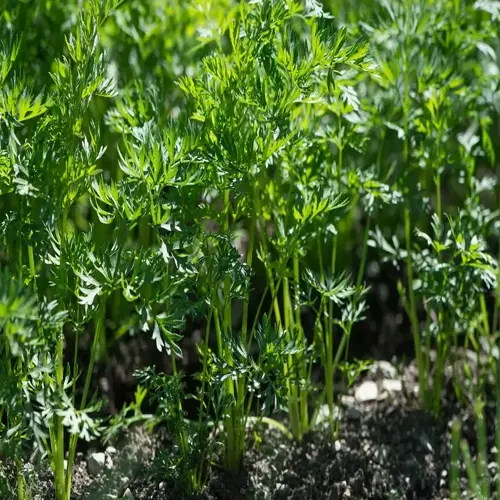When is the absolute best time to plant perennials?

Written by
Michael Sullivan
Reviewed by
Prof. Samuel Fitzgerald, Ph.D.When you plant perennials at the correct timing, it will affect the long-term health and flowering performance of your plant. Spring and fall have their specific benefits, depending on your growing climate zone and the particular perennial. If you get this timing wrong, the plant will most often struggle or die. I have seen many gardeners who wish they had planted perennials at the right time.
Spring Planting
- Test soil temperature: Wait for consistent 50-65°F readings
- Amend soil with 2-3 inches compost before planting
- Water every 3 days for first month
Fall Planting
- Plant 6 weeks before first expected frost date
- Apply thick mulch layer after ground freezes
- Avoid fertilizing to prevent tender new growth
Plants can grow on warm soil and stimulate root growth. The warm soil should be up to 50-65°F for root growth to occur. Spring is ideal for heat-tolerant perennials. These include daylilies and coneflowers. It allows the roots to establish before the summer heat. I suggest spring for gardeners in cooler zones.
Fall planting provides warm soil from the summer with cooler air temperatures. Plants focus their energy on root growth instead of foliage. For early bloomers like peonies and irises, this timing works great. Roots continue to develop until the ground freezes. I find that my clients have better spring performance when they plant in the fall.
Avoid planting in the summer with temperatures above 85°F. Heat stress causes high mortality rates. If summer planting is unavoidable, plant in very early morning hours. Provide temporary shade for newly planted material. Water thoroughly, avoiding wetting the foliage. Taking these precautions minimizes transplant shock during hot weather months.
Verify your frost dates with USDA resources. Combine January soil temperature measurements with frost dates to guide the timing of spring planting and fall planting. Spring planting is highly scheduled and requires waiting long enough for the soil to warm up. Fall planting needs to occur well in advance of a freeze. Getting this timing right means the perennials will live long-term, thriving over winter, spring, summer, and fall seasons, and are properly rated for their respective hardiness zones.
Read the full article: When to Plant Perennials: Expert Guide

